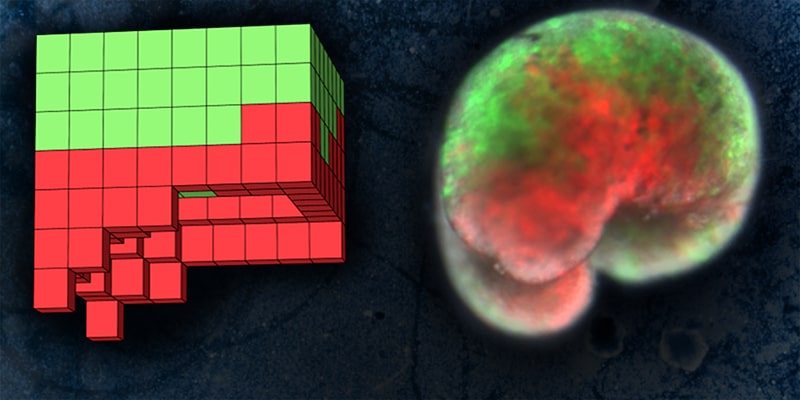Living robots are coming: all they can do
From frog cells to “Xenobots,” a new “programmable” organism that could travel through the human body to clear arteries or into the oceans to capture plastic particles
They are not animals even if they move and can carry a small load if necessary. We are talking about the “Xenobots”, the first living robots, which owe their name to the African frog “Xenopus laevis”, whose embryonic cells were used to build them. These cells have made it possible to obtain organisms a few millimeters long that can move towards a target, repair themselves after being dissected, and also carry small loads.
According to the researchers’ hypotheses, in the future they could travel in the human body to administer drugs or clean the arteries, or they could be released into the oceans as special scavengers to capture plastic particles.
According to the researchers’ hypotheses, in the future they could travel in the human body to administer drugs or clean the arteries, or they could be released into the oceans as special scavengers to capture plastic particles.
“We can imagine many useful applications of these living robots that conventional machines cannot,” said Michael Levin, director of the Center for Regenerative and Developmental Biology at Tufts University, a co-author of the study. “For example, they can look for harmful compounds or contaminants, pick up microplastics in the oceans, travel through blood vessels to clear them of atherosclerotic plaques.”
The results of the research were published in the journal of the American Academy of Sciences PNAS or the “Proceedings of the National Academy of Sciences” and are the result of cooperation between computer scientists from the University of Vermont led by Sam Kriegman and Joshua Bongard and the group of biologists from Tufts University and the Wyss Institute of Harvard University, coordinated by Michael Levin and Douglas Blackiston.
The results of the research were published in the journal of the American Academy of Sciences PNAS or the “Proceedings of the National Academy of Sciences” and are the result of cooperation between computer scientists from the University of Vermont led by Sam Kriegman and Joshua Bongard and the group of biologists from Tufts University and the Wyss Institute of Harvard University, coordinated by Michael Levin and Douglas Blackiston.
But what is the revolutionary scope of the project? Until now, attempts to assemble artificial organisms have been modeled on the anatomy of existing animals. In this case, however, it is a matter of designing “biological machines” from scratch for the first time.
Antonio De Simone, from the Institute of Biorobotics of the Sant’Anna School of Advanced Studies in Pisa, specified that these organisms can be defined as “living robots or artificial multicellular organisms, because they perform functions different from natural ones”.
Now let’s get to the practice. How were these organisms built? To achieve this, the authors of the research used the “Deep Green” supercomputer cluster at the University of Vermont, on which an evolutionary algorithm “runs” capable of creating thousands of candidate models of new life forms. Through this algorithm, therefore, it was possible to design thousands of possible living robots on the computer, the most promising of which were selected.
Antonio De Simone, from the Institute of Biorobotics of the Sant’Anna School of Advanced Studies in Pisa, specified that these organisms can be defined as “living robots or artificial multicellular organisms, because they perform functions different from natural ones”.
Now let’s get to the practice. How were these organisms built? To achieve this, the authors of the research used the “Deep Green” supercomputer cluster at the University of Vermont, on which an evolutionary algorithm “runs” capable of creating thousands of candidate models of new life forms. Through this algorithm, therefore, it was possible to design thousands of possible living robots on the computer, the most promising of which were selected.
The researchers then took the stem cells from frog embryos and left them in incubation to multiply, specialising and thus giving rise to different types of tissues, such as skin and heart muscle. Through tiny clamps and electrodes, small structures have been obtained that are completely new compared to those programmed by nature and which, assembled together, have proven to work, to perform specific tasks and to be able to repair themselves.
“The genome of the cells we made our xenobots from is, genetically, pure frog DNA, but they are completely different living forms from frogs anatomically,” explained Michael Levin. “For this reason, it is legitimate to ask: what exactly determines the anatomy that the cells contribute to realize? And what else are these cells capable of building?”
